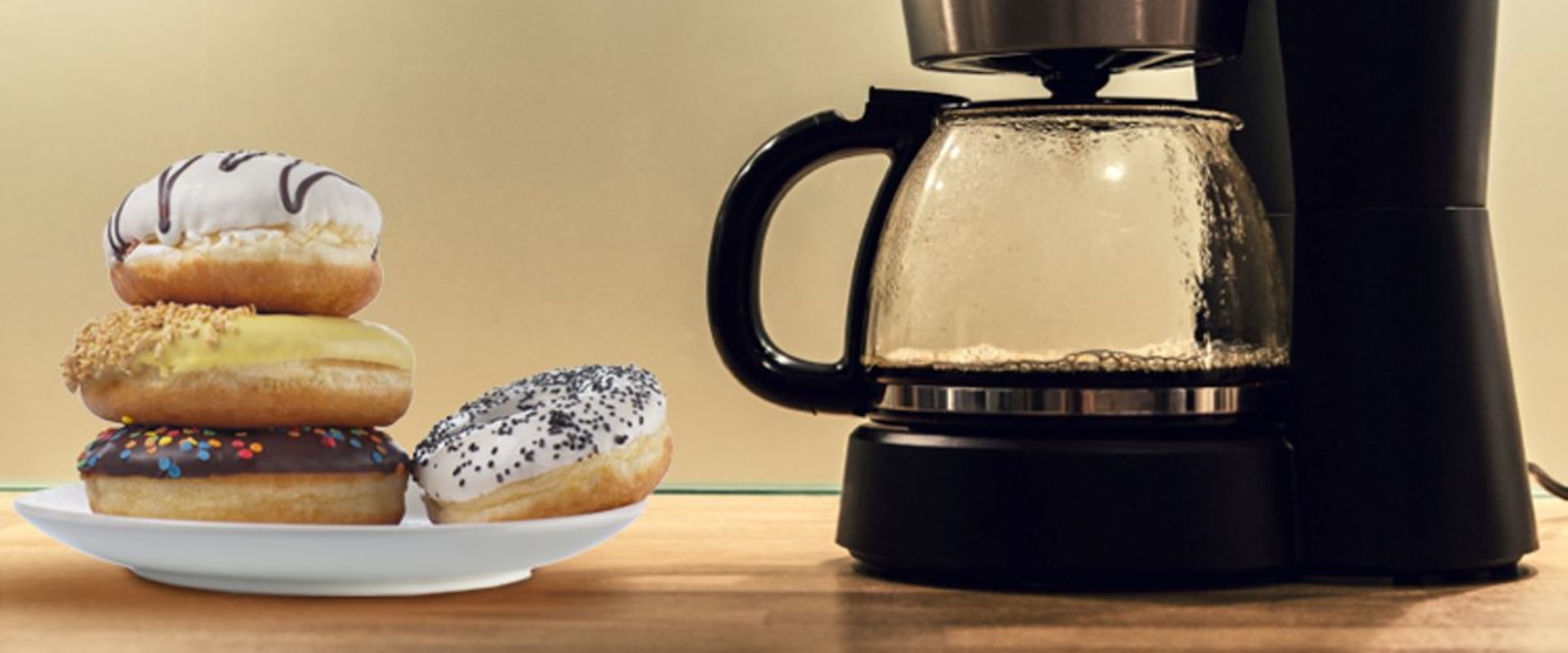Drinkers Anonymous BigBook advertises a 50% success rate and states that another 25% continue to staysober after a few relapses. For the majority of AA members, whether the successrate is 10% or 35%, it's not a success. Members of AA who don't maintain theirsobriety are frequently seen negatively by their friends, family, andcoworkers, as well as by those in the medical field and legal system. Thesuccess rate of AA is between 5 and 10% according to a large body of researchthat has been done recently.
It's not frequently publicized;therefore, most people don't seem to know about it. There is research thatasserts to provide empirical support for the value of AA. These studies areriddled with methodological mistakes and don't add anything to what we alreadyknew, which is that AA probably has the lowest success rate of all treatments.According to the Big Book, AA's success rate is roughly 50 percent plus 25percent.
This indicates that50% of members maintain their sobriety, 25% of members’ relapse but recover,and 25% of members use AA ineffectively and fail to maintain their sobriety.Because they are anonymous, groups like Alcoholics Anonymous and NarcoticsAnonymous make it challenging to assess their success rates. According to someaddiction professionals, AA has a 5–10% success rate. Research with people whoattended AA meetings for two to three years revealed a 35% abstinence rate.
Between 40 and 60percent of persons are estimated to relapse from sobriety after a year oftherapy, which is comparable to relapse rates for other chronic conditions likediabetes or asthma. In the majority of studies that assessed abstinence, AA wasshown to be either the only intervention or to be considerably superior toalternative therapies. It was discovered to be 60% more effective in one study.No study discovered AA to be less efficient.
Studies indicate thatAA can be a very useful recovery strategy for many individuals who arerecovering from addiction, even though the success rate of AA has long beendisputed. Although the 12 steps have been written in a way that suggests acertain level of freedom that one ultimately surrenders to God (or "higherpower"), AA is a self-identified Christian organization with a sizableportion of its philosophy founded on prayer.
The success of AAworldwide is largely due to its emphasis on proselytism, a fundamental methodby which established religions and some fringe religious movements spread theirmessage. This emphasis is also a major factor in why it has been so difficultto maintain a national dialogue on alternative, possibly more effective methodsof treating addiction. . In 1951, AA received a Lasker Award, given by theAmerican Public Health Association for "outstanding achievements inmedical research or public health administration," based on what Dodescalls "the strength of self-reported success and popular articles."
However, because theorganization is anonymous by definition, it is challenging to estimate theprogram's success rate. Here are some of the key elements that will determineif someone can succeed in sobriety through the AA program, in terms of itssuccess rate. The fact that AA urges members to address character faultsbeneath their drinking issues is one of the reasons for its success. For thetime being, I'll only state that there are better addiction treatmentsavailable, but the issues with the AA method go far further than just its lowstatistical success rate.
First off, accordingto the Big Book, AA has a success rate of about 50%, with another 25%continuing to be sober after relapsing once or several times. They ignore theenormous percentage of alcoholics who drop out after the first year of meetingsand never finish the 12 steps (the definition of success, according to AAstandards). How, then, did AA come to enjoy such prominence in Americanhealthcare culture?
How did a regime withsuch a blatantly religious bent, a success rate of 31% at best, a success rateof 5–10% at worst, and an overall retention rate of 5%, become the nation's andperhaps the world's most dependable approach to addiction treatment? The SoberTruth by Dodes attempts to provide an answer to this fundamental query. Sincethe scholarship must be anonymous and AA's reports can be affected by severalfactors, measuring AA's success rate can be challenging.
Two men named"Bill W." and "Dr. Bob S." started the worldwide fellowshipknown as AA in 1935. It is a fellowship made up of both men and women who arein alcohol misuse treatment. There are no requirements for membership in termsof age or education level. Instead, anyone who wants to become sober is welcometo join.
Within a decade of itsfounding, AA had more than 6,000 members distributed across Canada and theUnited States.
Since then, it hasonly continued to expand. As of January 1, 2018, AA estimates that there were1,297,396 active members throughout 61,904 AA groups in the country. There arean estimated 4,956 AA groups in Canada, with a total of 84,558 members, and anestimated 120,300 AA groups and 2,087,840 members worldwide. 3
The main focus of theAA process is showing up for meetings. Members of AA frequently gather ingroups to support one another in getting clean and keeping it up.
Given that thefellowship is designed to be anonymous and that AA's reports could beinfluenced by a variety of reasons, it is challenging to assess the successrate of AA. Moreover, what do we mean by "success"? Is it the numberof participants who have avoided relapsing? What about people who have relapsedbut have since joined AA to continue their quest for long-term sobriety?
It can be challengingto define and assess AA's performance, especially given the fluctuatingmembership figures. First off, according to the Big Book, AA has a success rateof roughly 50%, with a further 25% of members maintaining their sobriety afterrelapsing once or several times. The information below is also included in AA's2014 Membership Survey concerning the fellowship:
-One year or less of sobriety is achieved by 27% of AA members.
-Between one and five years, 24% of AA members maintain theirsobriety.
-Five to ten years of sobriety are maintained by 13% of AAmembers.
-Between 10 and 20 years, 14% of AA members maintain theirsobriety.
-Twenty years sober or longer is maintained by 22% of AAmembers.
-Nearly 10 years is the typical period of sobriety for AAmembers.
Nevertheless, somedetractors claim that the success rate is only between 5 and 10%,notwithstanding the survey's findings.
The success rate of AAhas also been the subject of several investigations. One such study examinedpeople's long-term sustained sobriety regardless of whether they had hadofficial therapy, attended AA meetings, or got no treatment at all. Overall,the research revealed:
Half of the AA memberswere still sober after three years, while 0.25 percent of people who hadparticipated in formal treatment were still sober.
8 years later, 49% ofAA participants and 46% of those who had participated in formal treatmentremained sober.
This studyunequivocally demonstrates that AA can be quite successful for some individualsseeking sustained addiction recovery.








Leave Reply